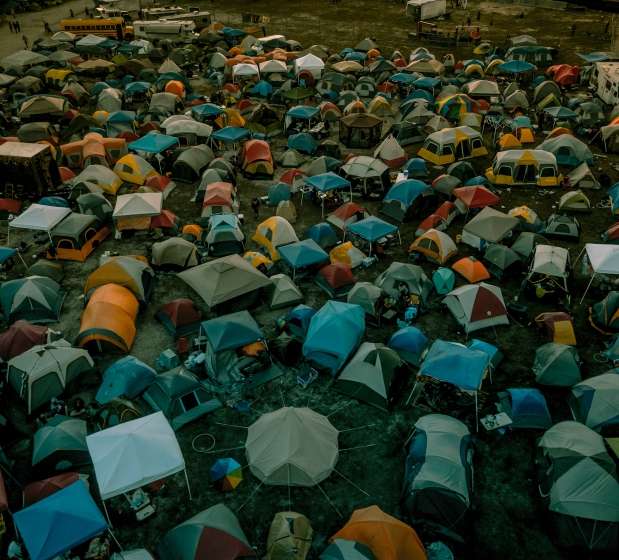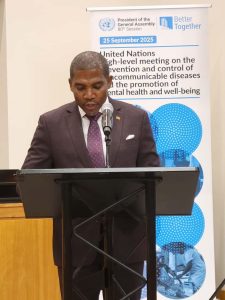Gaza Hostage Deal Faces Uncertain Future: Ceasefire or Escalation?
The fragile ceasefire between Israel and Hamas hangs in the balance, with the fate of the remaining hostages serving as a critical linchpin. Hamas, while publicly committed to the Egypt-brokered truce, has attributed delays in hostage releases to perceived Israeli violations, primarily the insufficient delivery of humanitarian aid. Israel, in turn, has issued stern warnings, with some officials indicating a potential resumption of hostilities if all hostages are not returned by a specified deadline. This tense standoff is further complicated by internal Israeli divisions regarding the interpretation of the ceasefire terms, with some demanding the return of all hostages while others focus on the scheduled release of smaller groups. Former U.S. President Donald Trump’s intervention, urging Israel to abandon the deal unless all hostages are returned, adds another layer of complexity to the already precarious situation, further fueling a sense of urgency and heightened tension. Complicating matters further, online speculation abounds regarding the condition of the remaining hostages, with some alleging that many have already perished. Adding fuel to this grim speculation is the conspicuous absence of children and babies among the released hostages, fueling anxieties about their wellbeing. This backdrop of uncertainty underscores the fragility of the ceasefire and the immense challenges in navigating a path towards a lasting peace.
The humanitarian crisis in Gaza remains dire, even with the temporary cessation of hostilities. The scale of destruction is immense, with widespread damage to infrastructure and countless homes reduced to rubble. This devastation has resulted in mass displacement, leaving hundreds of thousands of Gazans without adequate shelter. The urgent need for tents to house these displaced individuals highlights the enormity of the challenge. Hamas claims to have received a mere fraction of the 200,000 tents they deem necessary, raising serious questions about the logistical feasibility of meeting this staggering need. Even if the tents were available, the logistical nightmare of distributing them and establishing suitable locations for temporary shelters remains a daunting task. This situation is further exacerbated by the ongoing shortages of food, water, and medicine, which are essential for the survival of the displaced population. The sheer scale of the humanitarian crisis underscores the urgent need for sustained international aid and cooperation to alleviate the suffering and prevent further loss of life.
The ongoing negotiations, mediated by Egypt and Qatar, represent a crucial effort to maintain the ceasefire and pave the way for a more permanent resolution. However, these talks are fraught with challenges, as both sides hold firm to their respective demands. Hamas insists on the full implementation of the ceasefire terms, including the unimpeded delivery of humanitarian aid and reconstruction materials. Initial reports suggesting the permitted entry of mobile homes and heavy machinery into Gaza were later refuted by Israeli authorities, further complicating the aid delivery process. This discrepancy highlights the deep mistrust between the two sides and the difficulty in establishing clear communication and agreement on even the most basic aspects of the ceasefire. The success of these negotiations is crucial not only for the immediate survival of the Gazan population but also for the long-term prospects of peace in the region.
The six-week ceasefire, beginning on January 19th, represents a window of opportunity to address the pressing humanitarian needs and lay the groundwork for a more sustainable peace. However, the clock is ticking, and the successful implementation of the ceasefire’s various phases is far from guaranteed. The release of 16 Israeli hostages and five Thai nationals marks a positive step, but the majority remain in captivity, and the fate of many is still unknown. The next phase, encompassing further hostage releases, an Israeli withdrawal from Gaza, and the establishment of a permanent ceasefire, remains a subject of complex negotiations. The successful navigation of these intricate steps is crucial to prevent a relapse into violence and ensure a lasting peace. The international community plays a vital role in supporting these negotiations and ensuring that both sides adhere to their commitments.
The staggering death toll in Gaza, exceeding 48,230 according to Hamas’ health ministry, paints a grim picture of the human cost of this conflict. This figure, however, is likely a significant underestimate, as it does not account for the countless bodies still buried beneath the rubble of destroyed buildings. The true extent of the devastation will likely only be revealed in the coming months as recovery efforts continue. Beyond the immediate loss of life, the long-term consequences of this conflict are profound. The widespread destruction of infrastructure, the psychological trauma inflicted on the population, and the disruption of essential services will have lasting impacts on Gaza’s recovery and development. The international community must commit to long-term support to help rebuild Gaza and address the deep-seated issues that fuel the ongoing conflict.
Looking ahead, the path to a lasting peace remains uncertain. The current ceasefire, while offering a glimmer of hope, is fragile and faces numerous challenges. The unresolved issue of the hostages, the immense humanitarian needs, and the deep mistrust between Israel and Hamas represent significant obstacles. The success of the ongoing negotiations hinges on the willingness of both sides to compromise and engage in good faith dialogue. The international community must play an active role in supporting these efforts and holding both sides accountable for their commitments. A lasting peace requires not only an end to the violence but also a genuine commitment to addressing the underlying causes of the conflict, including the blockade of Gaza and the unresolved issue of Palestinian statehood. Only through a comprehensive and multifaceted approach can a sustainable peace be achieved, ensuring the security and well-being of both Israelis and Palestinians.
Share this content:












Post Comment